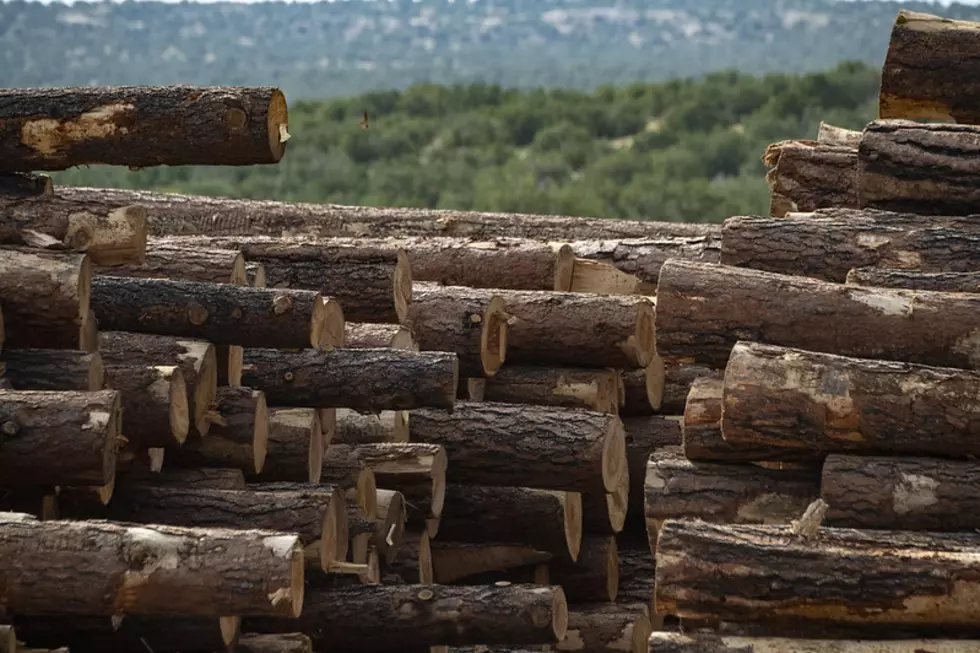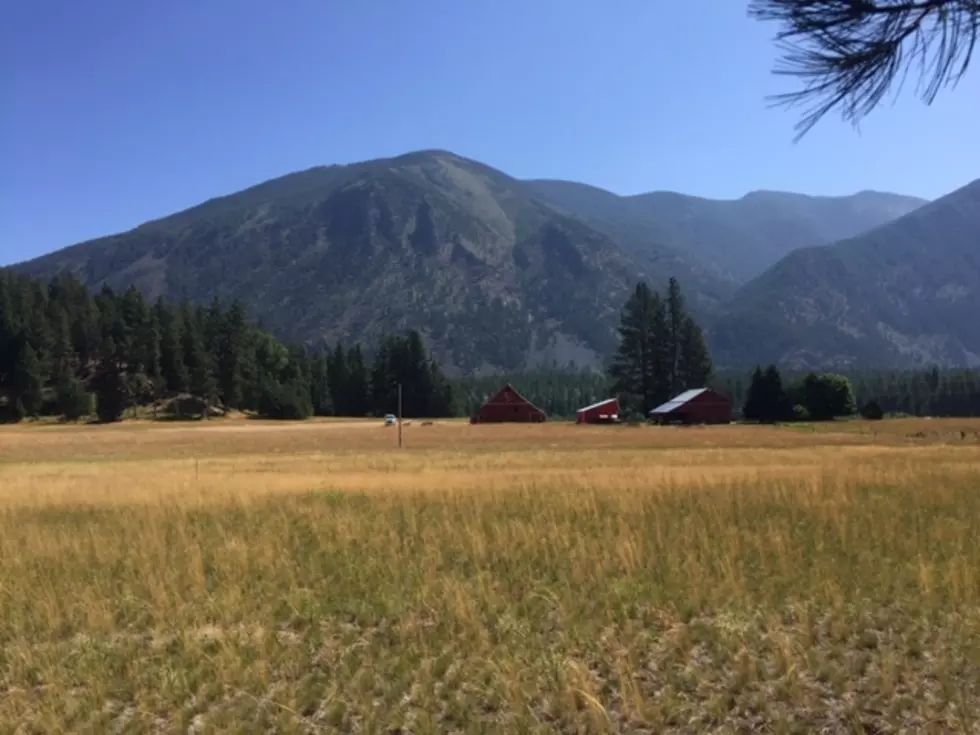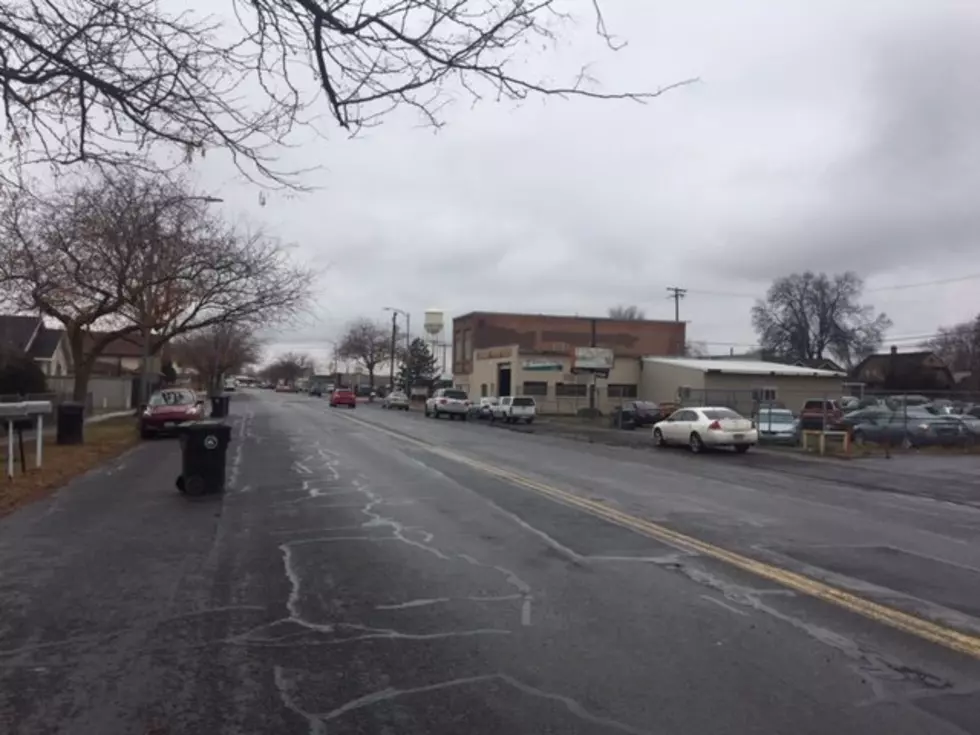
Analyst Looks At How Lumber Prices Will Impact The Farm Economy
Market conditions, including the COVID-19 pandemic, brought more volatility to commodities in 2020, along with higher demand and prices for things like lumber.
But, what does the market action in lumber mean for agriculture?
Mike Zuzolo of Global Commodity Analytics and Consulting LLC, said it’s important to watch all commodities because of their interconnection.
“No, I think that's really a poignant piece of the puzzle when it comes to the agriculture sector because as I've seen the last 26 years of commodities, markets become more and more intertwined, whether it's the dollar, whether it's the commodities in lumber and the soft versus the agriculture commodities, the funds and the investment flows, tend to make them more intertwined.”
Zuzolo said rising and volatile prices for things like lumber, energies, food and gas prices, is part of the farm commodities equation because it all puts pressure on the Federal Reserve and policy makers to limit higher prices.
“As lumber prices and food prices go higher and gas prices go higher through the summer, which I would expect that lumber prices have probably bottomed out at this point, thinking that there's probably still about five and a half million houses that needed to be built in the next five to ten years for our population density. I think the lumber market is finding support, we clearly see what's happening in the energies, this all puts the pressure back on the Federal Reserve to raise interest rates, this puts the pressure back in Washington to contain these higher prices that are hitting us directly at the consumer level.”
In August, the Federal Reserve opted not to take action to limit inflation, which Zuzolo said was the start of the year-long market rally for farm commodities.
If you have a story idea for the PNW Ag Network, call (509) 547-1618, or e-mail gvaagen@cherrycreekmedia.com
More From PNW Ag Network









